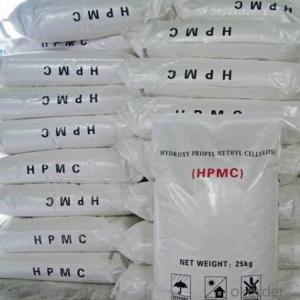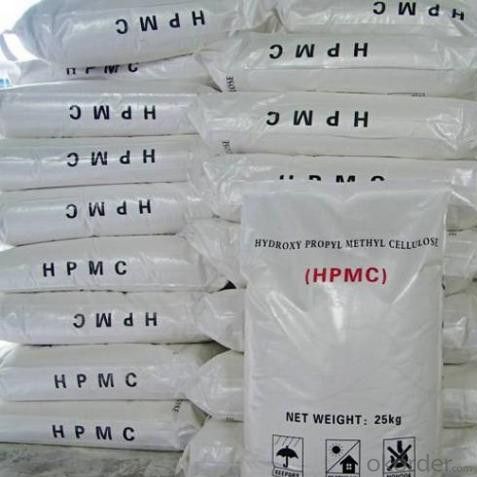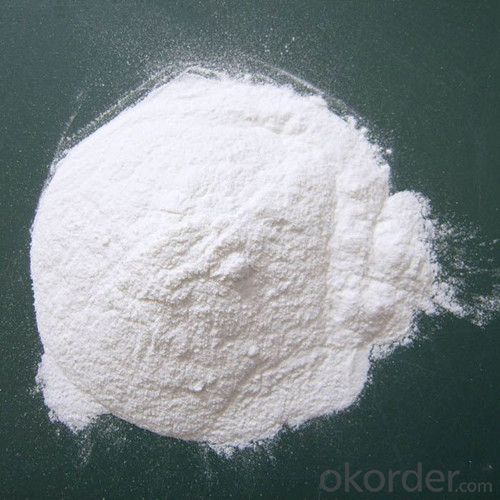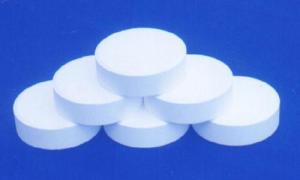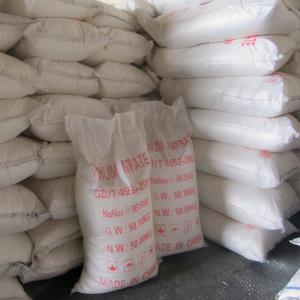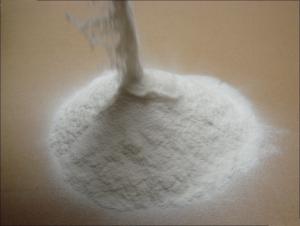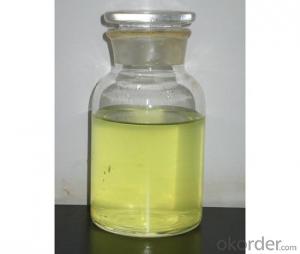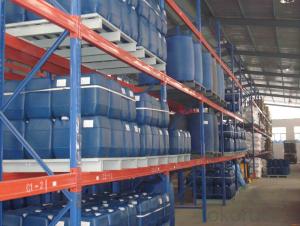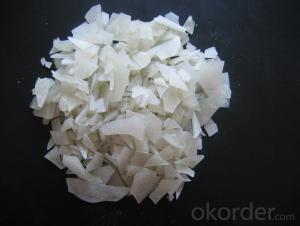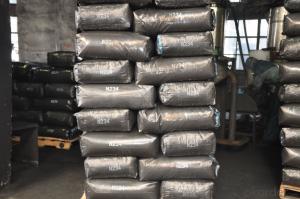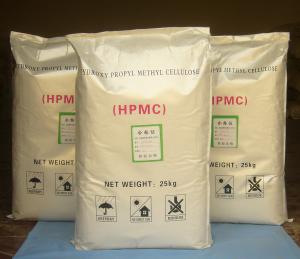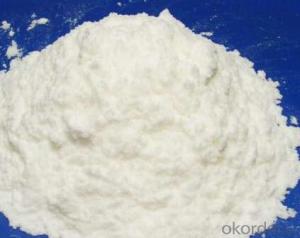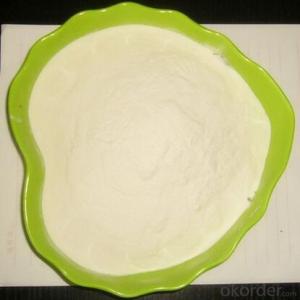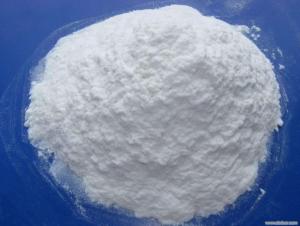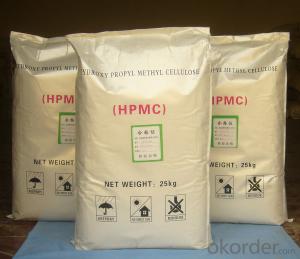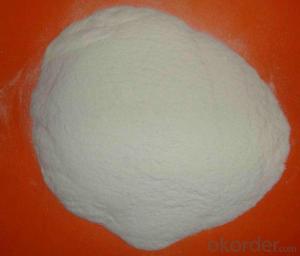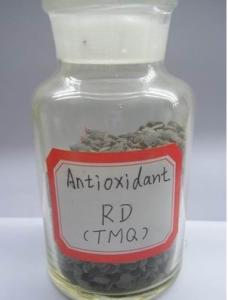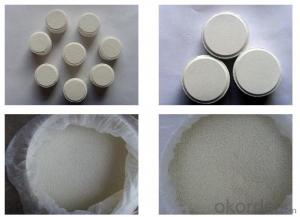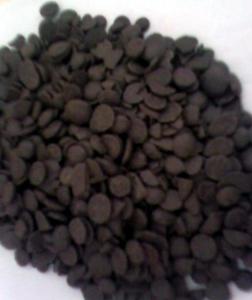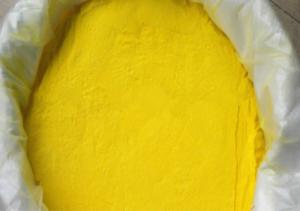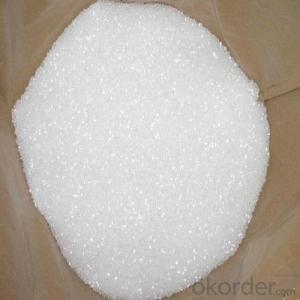Hydroxypropyl Methylcellulose/HPMC with Low Viscosity
- Loading Port:
- Tianjin
- Payment Terms:
- TT OR LC
- Min Order Qty:
- 5000 kg
- Supply Capability:
- 5000000 kg/month
OKorder Service Pledge
OKorder Financial Service
You Might Also Like
Building Construction Hydroxypropyl Methyl Cellulose (HPMC)
Brief introduction:
Hydroxypropyl Methyl Cellulose (HPMC) helps building materials apply more easily and perform better. They provide water retention and cohesiveness to mixtures. With special modification, it can be used to control thickening, water demand, workability, sag resistance, strength and other important properties of the final product.
It is widely used as thickener, adhesive, water preserving agent, film-foaming agent in building materials, industrial coatings, synthetic resin, ceramic industry, medicine, food, textile, agricultural, cosmetic and other industries.
Physical and chemical index:
Item | Specification |
CAS NO. | 9004-65-3 |
Appearance | white or light yellow powder |
Moisture Content | ≤5.0% |
PH | 4.0-8.0 |
Particle Size | min. 98% pass through 100 mesh |
Viscosity | 100cps-200000cps, 2% solution |
Application in Building:
External wall insulation system (EIFS)
>Bond strength: HPMC can provide the greatest degree of high adhesive bond strength of mortar.
>Performance: The mortar added HPMC has the right consistency, non-sagging. When using, the mortar is easy to work continuously, uninterrupted.
>Water retention: HPMC can wet the wall insulation easily, easy to paste, and also make other additional materials reach the best affects.
>Absorbent: HPMC can minimize the air-entraining volume, lower water absorption of mortar.
>Recommended brand: 75CMAX75000(S), 75CMAX100000(S), 75CMAX200000(S)
Interior and exterior wall interface agent
>Easy to mix, without of agglomeration: HPMC can significantly reduce the friction in the dry powder during the process of mixing with water, which makes it easy to mix and save the blending time.
>Water retention: HPMC can significantly reduce the moisture absorption by the wall. Good water retention can ensure the cement compound with a longer time, also can ensure that workers are able to carry out many times of scraping for the putty on the wall.
>Good working performance stability: even in high temperature environment, HPMC can still maintain good water retention. it is suitable for construction in the summer or hot areas.
>Increased water demand: HPMC can significantly improve the water demand of the putty materials. On the one hand, it improves the operational time after putty put on the wall, on the other hand, it can increase the coating are of the putty, which can make the formula more economical.
>Recommended brand: 75CMAX60000(S), 75CMAX75000(S)
Tile adhesive
>Water retention: HPMC can reduce the moisture absorbed by the substrate and the tile, retain the moisture in the adhesives as much as possible, making mortar still have adhesion after coating for a long time. Significantly extend open time and makes bigger coating area for the worker each time, and improve the efficiency.
>Improve bond strength, improve anti-slip performance: HPMC ensure non sagging of the tiles during working, especially for heavy tile, marble and other stone materials.
>Work performance: The lubricity of HPMC can increase the workability of the mortar significantly, which makes the mortar easy to coating and improve efficiency.
>Improve mortar wetting property: HPMC give mortar consistency, enhance the wetting ability of mortar and substrate, increase the binding strength of wet mortar, especially for the recipe with high water cement ration;
>Recommended brand: 75CMAX40000(S), 75CMAX75000(S), 75CMAX100000(S)
Crack Filler
>Workability: provide the right viscosity, plasticity, and easy to work;
>Water retention: can make the slurry fully hydrated, extending the working time and avoid cracking.
>Anti-hanging: HPMC can make a strong adhesion on the surface for the slurry and not sag;
>Recommended brand: 75CMAX40000(S), 75CMAX75000(S), 75CMAX100000(S)
Self-leveling mortar
>Prevent bleeding: HPMC can play a very good role to prevent the slurry sedimentation, bleeding.
>Maintain liquidity, and improve retention: low viscosity HPMC will not affect the slurry flow effect and easy to work. While possesses certain water retention, makes the good surface effect after self-levelling and avoid cracks.
>Recommended brand: 75CMAX400~600
Gypsum-based plaster
>Water retention: HPMC can retain moisture in the mortar, thus make gypsum completely solid. The higher the viscosity is, the stronger the water-retention capacity, vice versa..
>Sag resistance: allow the worker make the thick coating without causing ripple building.
>Mortar yield: For fixed weight of dry mortar, the exist of HPMC can provide more wet mortar.
>Recommended brand: 75CMAX75000(S), 75CMAX100000(S)

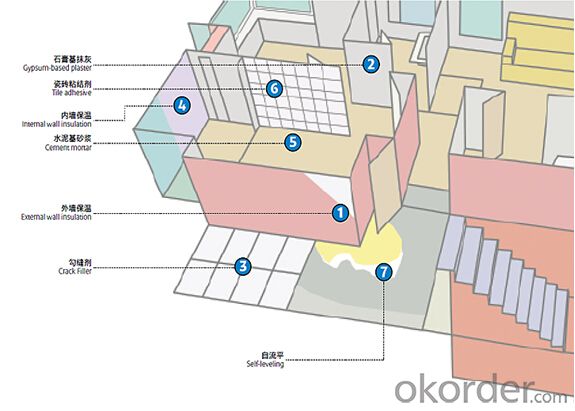
FAQ
Q1.Could we have the sample to test the quality?
Kindly send us your address, we are honored to offer you samples.
Q2. How does your company do regarding quality control?
CNBM a Chinese state-owned enterprise ranked 270th among the global fortune 500 in 2015,
have accreditation in line with standard:ISO 9001:2000,SGS,CIQ certificate.
Q3:What's your Delivery Time?
In generally, the delivery time is 25 days-30 days.We will make the delivery as soon as possible with the guaranted quality.
Q4:What is the convenient way to pay?
L/C , T/T ,Paypal, Western Union and Escrow are accepted,and if you have a better idea , please feel free to share with us .
Q5:Which mode of transport would be better?
In general,we advice to make delivery by sea which is cheap and safe.Also we respect your views of other transportation as well.
- Q: Chemical catalyst system baa?
- Can speed up or slow down the reaction rate without participating in the reaction of the material
- Q: Is the reaction of the exhaust purification of cars (carbon monoxide and nitrogen
- 2NO2 + 4CO = catalyst = N2 + 4CO2
- Q: pls give one or two catalysts that are used in the industry for example:Rhodium catalyst in a catalytic converter of a car or the Iron catalyst for making ammoniaTHANKS :)
- u . s . a . of america has an excellent style of organic gas. In theory that's accessible to have an electric powered motor force a compressor to take the low stress gas to make it dense adequate to get adequate interior the vehicle to run for a mutually as (in actuality, gas stations with organic gas pumps do it precisely like that, that's no longer trucked to them, we've a pair in Dallas) the real undertaking is that, specific it will be pressurized, requiring a greater perfect tank than propane, that's a liquid interior the tank, and the tank must be a cumbersome cylinder for capability or numerous smaller cylinders area by making use of area. Getting this into the physique of the vehicle devoid of doing away with all the storage/bags area isn't ordinary. And ultimate efforts nevertheless finally end up with the miles in line with fill up being decrease than the gas which inserts in a small area.
- Q: What is the chemical nature of the enzyme?
- Enzyme is an amphoteric electrolyte, soluble in water, easy to precipitate at the isoelectric point, the enzyme activity-pH curve and the zwitterion of the enzyme. The enzyme is a high-molecular colloidal material, generally can not pass through the semipermeable membrane; Dissociation curve similar to the enzyme in the electric field can be the same as other proteins swimming; ③ lead to protein denaturation factors, such as ultraviolet, heat, surfactant, heavy metals, protein precipitants, etc., can make the enzyme failure; Protease hydrolysis and loss of activity.In addition, the most direct evidence is that all has been highly purified and crystallized enzyme for a primary structure analysis, the results indicate that the enzyme is a protein.
- Q: How do I write about the ion equation?
- 4NH3 + 5O2 == 4NO + 6H2O
- Q: Explain how a catalyst may increase the rate of chemical reaction?
- Lowers the activation energy of the reaction. Like a hill, it makes the hill lower so the reaction can proceed faster and at lower temps. Delta G is lowered. Meaning less energy is needed to move the reaction forward. Catalysts (enzymes) are substrate specific. only specified compounds like a right glove only fits a right hand and not the left hand.
- Q: How are a catalyst and an intermediate similar? How are they different?
- A catalyst speeds up the rate of a reaction by lowering the activation energy barrier which is, presumably, the energy required to achieve the reaction intermediate. Catalysts are also not consumed in the reaction, they are regenerated towards the end. A reaction intermediate is a configuration that a molecule takes prior to achieving it's lowest energy form which would signify the end of the reaction. Intermediate usually are hard to isolate because of the incentive to go to the most stable configuration. How are they different? A catalyst is not a part of the reaction product and it doesn't get consumed. An intermediate in a reaction is transformed into the product. How are they similar? Well, catalysts drive the reaction and make it easier for the reaction for follow through. Since intermediates are high energy and thermodynamics tells us that low energy is favorable, the incentive for a high energy intermediate to drive down to it's stable for can also drive a reaction. I hope that helps. I hope it makes sense.
- Q: What is the difference between a catalyst and an oxidizing agent?
- A catalyst alters the rate of a reaction without being used up in the reaction. An oxidising agent oxidises other compounds, the agent itself being reduced in the process.
- Q: Especially how can i explain the experiment with a paper and 2 paperclips with the paper acting as the catalyst.
- A catalyst is something that allows a reaction to occur but is not actually used up in the reaction. It merely provides the surface on which the chemicals react. There is a demo using two paper clips and a piece of paper. The paper is folded and the two clips are attached to the paper. When the free ends of the paper are pulled apart the two paper clips somehow overlap each other and become joined. It is a good demo for a catalyst, but I cannot explain how to fold the paper.
- Q: I have just spent CAN$550 to replace a catalyst converter at one end of the muffler. The repairman said I need to replace the oxygen sensor very soon, otherwise, the C.C. will be gone again. Is that true... can someone confirm this for me. Thanks.
- ok its not catalyst converter its catalytic converter. next i have not read one answer that is correct a couple are close but no cigar. ok the 02 sensor senses the oxygen content in the exhaust gasses. using the oxygen content it can determine if the engine is running to rich or to lean. the ecm (computer) wants to keep the engine at optimum fuel mileage or keep it stoichometric meaning fuel to air ratio of 14.7:1 the ecm can adjust fuel air ratios by changing the pulse width and the duty cycle or on off time of the injector.it also uses several other sensors to help it like intake air temp (iat) coolant temp (cts) mass air readings if equipped (MAF) or manifold absolute pressure (map) so its not just the oxygen sensor it can make adjustments as need. anyways the oxygen sensor uses a .1 to .9 volt range signal anything below .450 is lean anything above .450 is rich and .4 to .5 is perfect. but ur engine constantly changes and the 02 readings change constantly new cars can take readings as fast as one or two times a second older cars are alittle slower. anyways only replace the 02 sensor if the car is telling u its bad meaning u have a check engine light on and a code that says P 0 . . . bank one sensor one ckt malfunction or bank 2 sensor 1 ckt malfunction u get the idea unless that happens ur 02's are good leave them alone. when they do go bad ur car will run rich and puke alittle black smoke out the exhaust and ur car will smell like rotten eggs. NOW the cat its job is to heat up to 600 + degreees F and burn unburnt fuel from the combustion cycle of the engine when an engine does not burn all its fuel its running rich and bad fuel milage occurs. if the 02 sensor goes out it can heat the cat red hot as the extra fuel being burnt inside it can become extremely hot. most 02 sensor for most vehicles run around 60 bucks not expensive. a car can have 1 to 4 of these and YES if bad and left for too long and can ruin a cat converter.
Send your message to us
Hydroxypropyl Methylcellulose/HPMC with Low Viscosity
- Loading Port:
- Tianjin
- Payment Terms:
- TT OR LC
- Min Order Qty:
- 5000 kg
- Supply Capability:
- 5000000 kg/month
OKorder Service Pledge
OKorder Financial Service
Similar products
Hot products
Hot Searches
Related keywords
